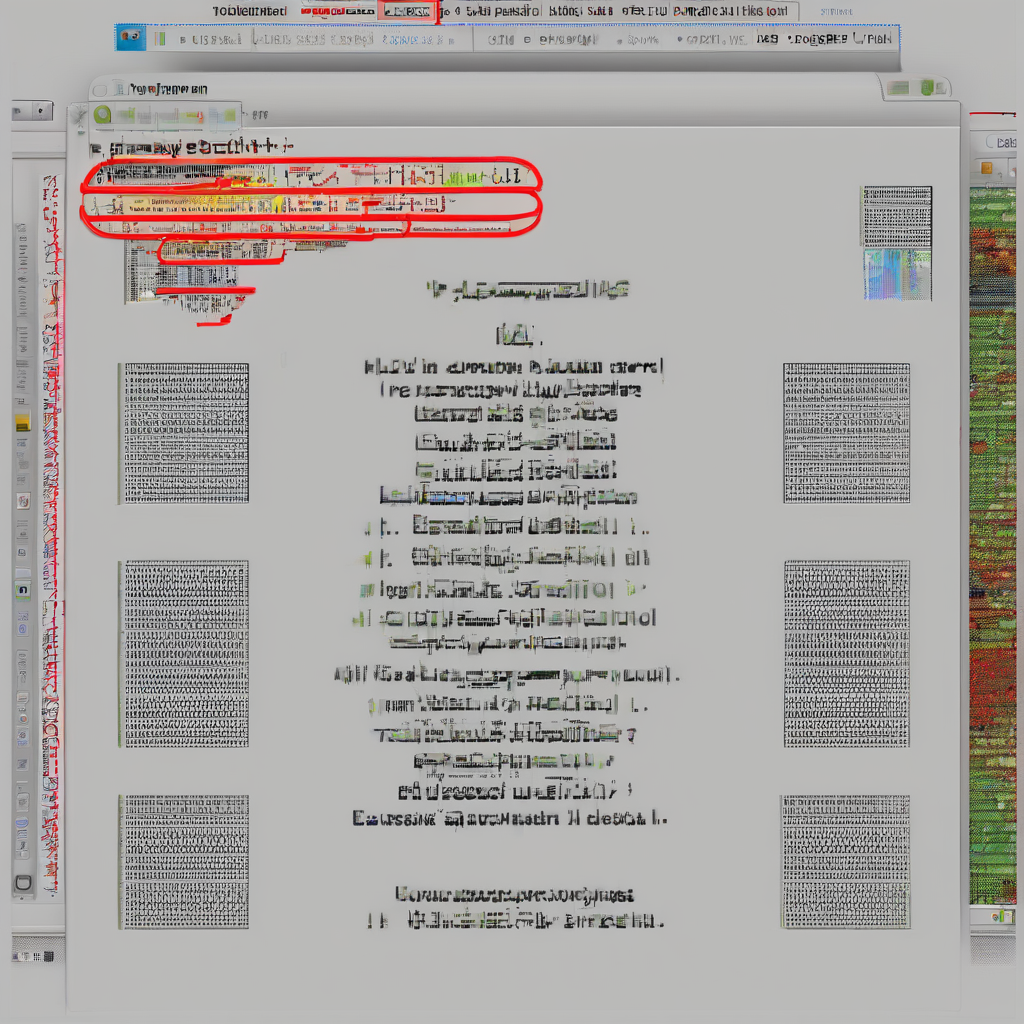Firewalls and Network Security: A Comprehensive Guide
Network security is paramount in today’s interconnected world. Protecting sensitive data and maintaining system integrity requires a multi-layered approach, with firewalls forming a crucial first line of defense. This guide delves into the intricacies of firewalls, their various types, functionalities, and their integral role within a robust security architecture.
Understanding Firewalls
A firewall acts as a gatekeeper, controlling the flow of network traffic between different networks or segments. It examines incoming and outgoing network packets based on predefined rules and policies, blocking or allowing traffic accordingly. This crucial function prevents unauthorized access, malicious activities, and data breaches.
Key Functions of a Firewall:
- Packet Filtering: Examining individual packets based on source and destination IP addresses, ports, protocols, and other criteria.
- State Inspection: Tracking the state of network connections to identify and block unauthorized or unexpected traffic.
- Network Address Translation (NAT): Masking internal IP addresses from the external network, enhancing security and simplifying network management.
- Intrusion Detection and Prevention: Identifying and blocking malicious activities, such as attempts to exploit vulnerabilities or launch attacks.
- Virtual Private Network (VPN) Support: Securely connecting remote users or networks to the internal network through encrypted tunnels.
- Application Control: Allowing or blocking specific applications based on their characteristics and potential risks.
Types of Firewalls
Firewalls are categorized based on their architecture and functionalities. The most common types include:
1. Packet Filtering Firewalls:
These are the simplest type, examining each packet individually based on pre-defined rules. While effective for basic security, they lack context awareness and can be bypassed by sophisticated attacks.
2. Stateful Inspection Firewalls:
These firewalls maintain a table of active connections, allowing only traffic that is part of an established connection. This provides better security than packet filtering by preventing unauthorized connections.
3. Application Level Gateways (Proxies):
These firewalls examine the application data within packets, providing more granular control and protection against application-specific vulnerabilities. They act as intermediaries between internal and external networks.
4. Next-Generation Firewalls (NGFWs):
NGFWs combine the features of traditional firewalls with advanced security capabilities, including intrusion prevention systems (IPS), application control, and deep packet inspection. They offer a more comprehensive and adaptive approach to network security.
5. Hardware vs. Software Firewalls:
Firewalls can be implemented as hardware devices (physical appliances) or software applications running on servers or computers. Hardware firewalls generally offer better performance and scalability for larger networks.
Implementing Effective Firewall Security
Implementing a robust firewall strategy goes beyond simply installing a firewall device. It requires careful planning, configuration, and ongoing management.
1. Defining Security Policies:
Establish clear and comprehensive security policies that define which traffic is allowed and blocked. This includes specifying allowed ports, protocols, and IP addresses.
2. Proper Firewall Configuration:
Incorrectly configured firewalls can create vulnerabilities and negate their intended security benefits. Regular review and updates of firewall rules are essential.
3. Regular Updates and Patching:
Keep the firewall firmware and software up-to-date with the latest patches to address known vulnerabilities and security flaws.
4. Intrusion Detection and Prevention:
Integrate intrusion detection and prevention systems with the firewall to enhance its capabilities in identifying and responding to malicious activity.
5. Monitoring and Logging:
Monitor firewall logs for suspicious activity and analyze them regularly to detect and respond to potential security breaches. Detailed logs are crucial for security auditing and incident response.
6. Segmentation:
Divide the network into smaller segments to limit the impact of a security breach. This involves using firewalls to isolate critical systems and data from less critical ones.
Firewall Limitations and Considerations
While firewalls are an essential component of network security, they are not a silver bullet. They have limitations and should be part of a broader security strategy.
1. Bypass Techniques:
Sophisticated attackers can employ various techniques to bypass firewall security, such as exploiting vulnerabilities, using encrypted tunnels, or employing social engineering tactics.
2. Internal Threats:
Firewalls primarily protect against external threats. They offer limited protection against internal threats such as malicious insiders or compromised accounts.
3. Performance Impact:
Highly configured firewalls can impact network performance, particularly if they are processing large volumes of traffic or employing intensive security checks.
4. Complexity:
Managing complex firewall configurations can be challenging, requiring specialized knowledge and expertise.
Integrating Firewalls into a Comprehensive Security Architecture
Firewalls are most effective when integrated into a broader security architecture that includes other security controls. This layered approach provides redundancy and enhances overall security.
1. Anti-malware and Antivirus Software:
Protect against malware and viruses that can bypass firewalls or exploit system vulnerabilities.
2. Intrusion Detection and Prevention Systems (IDS/IPS):
Detect and prevent malicious activities, providing an additional layer of security beyond the firewall.
3. Virtual Private Networks (VPNs):
Securely connect remote users and networks to the internal network, protecting data in transit.
4. Access Control Lists (ACLs):
Restrict access to network resources based on user roles and permissions, enhancing security beyond network level restrictions.
5. Data Loss Prevention (DLP) Systems:
Prevent sensitive data from leaving the network unauthorized.
6. Security Information and Event Management (SIEM):
Collect and analyze security logs from various sources, providing comprehensive visibility into security events.
Emerging Trends in Firewall Technology
Firewall technology continues to evolve to address the ever-changing threat landscape. Emerging trends include:
1. Cloud-based Firewalls:
Cloud-based firewalls offer scalability and flexibility, making them ideal for cloud-based environments.
2. Artificial Intelligence (AI) and Machine Learning (ML) in Firewalls:
AI and ML are being used to enhance the detection and prevention of advanced threats.
3. Software-Defined Perimeter (SDP):
SDP provides a more secure approach to network access by dynamically creating secure connections based on user identity and context.
4. Zero Trust Security:
Zero trust security models assume no implicit trust and verify every access request, regardless of location or device.
Conclusion (Not included as per instructions)
